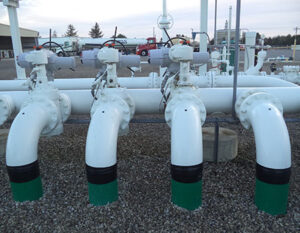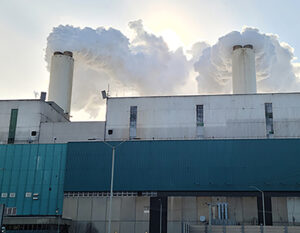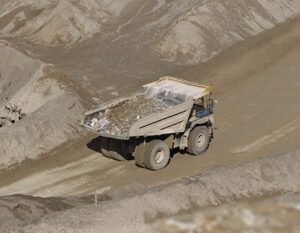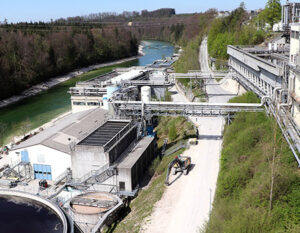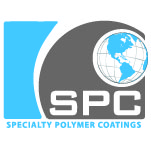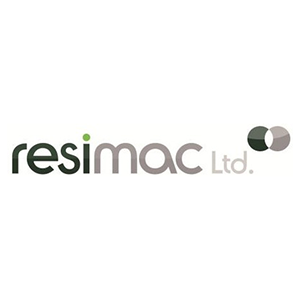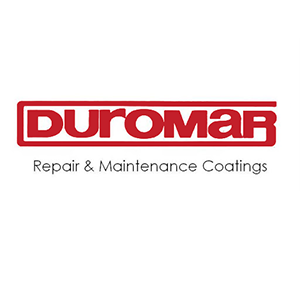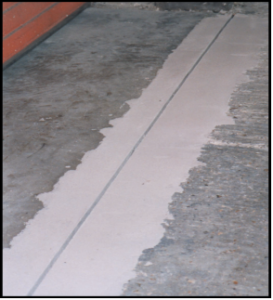The Problem
The client faced significant challenges due to an issue with concrete leveling at their facility. A substantial movement joint, measuring between 2.4 to 3.0 inches, had developed between the building structure and the adjoining external concrete surface. Over time, the misalignment between the two concrete pads had worsened, leading to the formation of a pronounced lip.
This uneven concrete surface was proving to be a major hindrance for fork-lift truck operators. The abrupt level difference caused by the lack of proper concrete leveling resulted in jarring movements, contributing to back problems for the drivers. Additionally, the instability often led to loads being dislodged from the forklifts. This not only caused delays in operations but also resulted in damage to the goods being transported, further exacerbating the issue. The need for effective concrete leveling solutions was apparent to resolve these operational challenges.
The Substrate
Concrete
The Solution
The effective resolution to the client’s concrete leveling issue involved narrowing the joint width to just 0.4 inches and ensuring a seamless surface transition across the joint.
To tackle the uneven concrete joint, two slots, each 0.4 inches deep, were precisely cut into the concrete on both sides of the original, wider joint. Following this, the designated area was chiseled out, creating a 0.4-inch deep recess. This process was critical for achieving the desired concrete leveling.
The next steps involved thorough cleaning and priming of the area to prepare for the leveling materials. The recess was then skillfully filled with RESICHEM 576 Quartz Screed, a choice material for its durability and compatibility in concrete leveling applications. Backer rod, measuring 0.4 inches, was strategically placed to define the new joint. To complete the process, the joint was meticulously filled with RESIFLEX 406 GP 85 Putty..
The success of this concrete leveling project was evident and led to a significant improvement in operational efficiency. Consequently, the client is now considering similar repair work for additional concrete joints in the aprons surrounding the building.
Products Used

